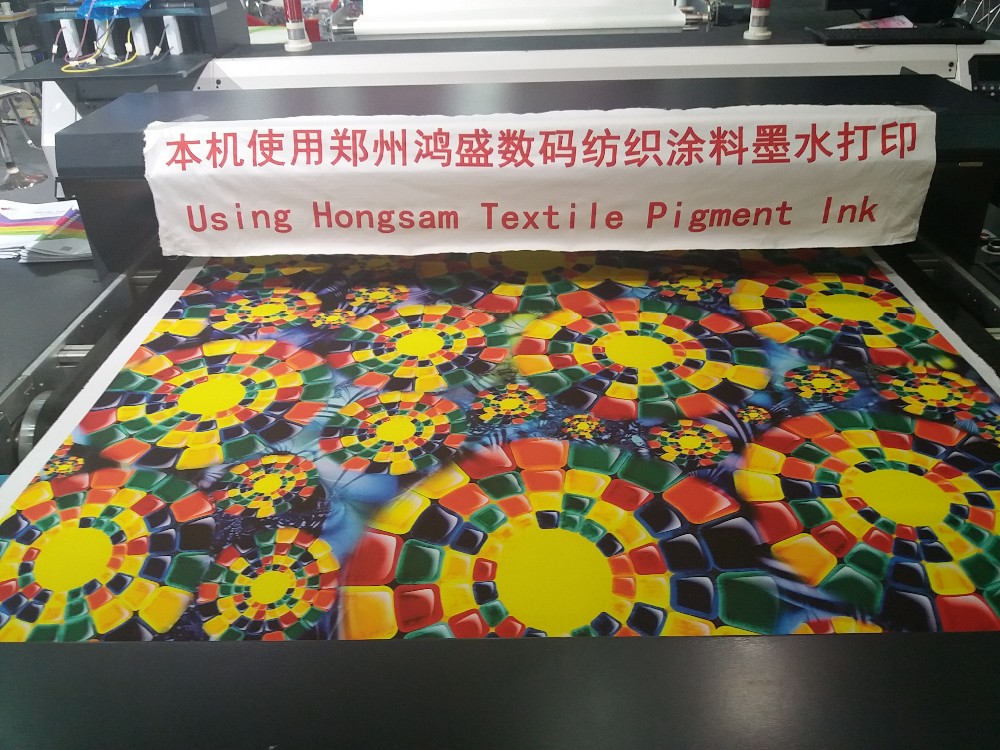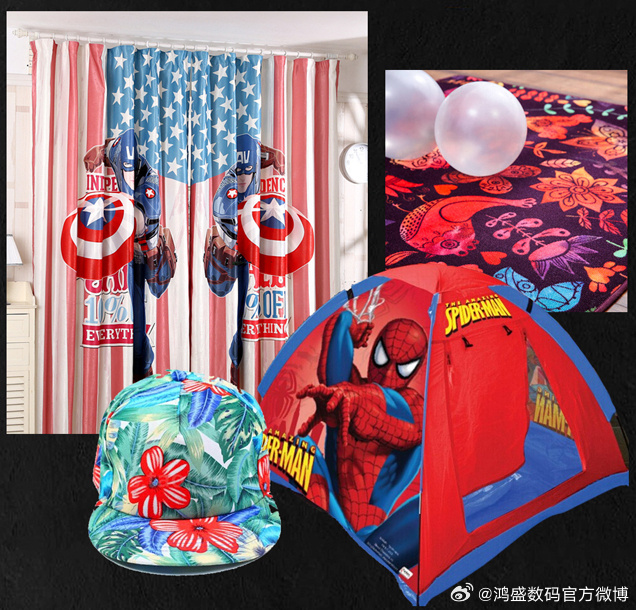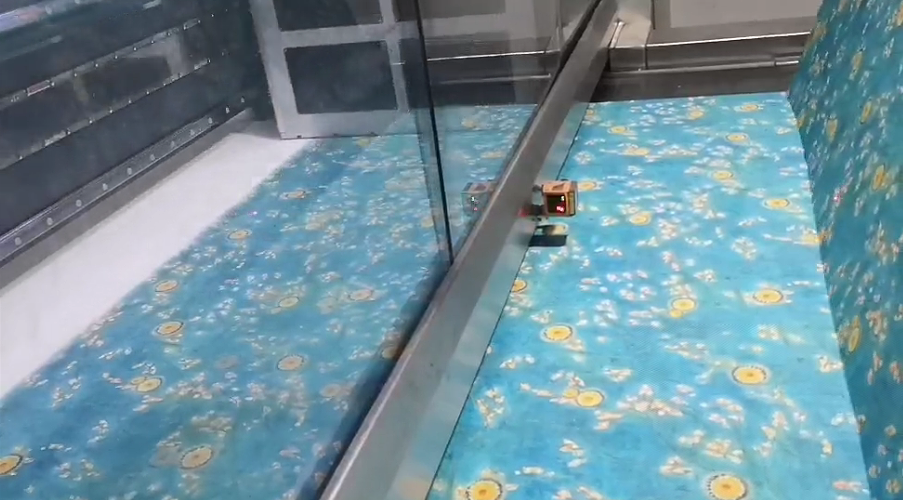 Aug 02,2024
Aug 02,2024
Digital textile printing includes two printing methods: transfer printing and direct printing. Direct printing includes two modes: direct printing for cut pieces/garments, and direct printing for roll fabrics.Transfer printing includes two methods: sublimation thermal transfer printing and DTF PET film transfer printing. Depends on the ink types,direct printing is divided into textile pigment ink printing, disperse ink direct printing, reactive ink direct printing, acid ink direct printing, cationic ink direct printing, etc. Textile pigment ink printing has the advantages of simple process, almost no water used, and wide application, so it is favored by customers.

At present, the application of textile pigment ink printing on clothing fabrics and home textile fabrics is booming. Textile pigment ink printing has developed from being mainly applied to pure cotton fabrics to printing on chemical fiber fabrics, blended or interwoven fabrics and other textile fabrics. In fact, many large traditional manual printing factories also use traditional pigment printing. Because this printing method is relatively convenient and does not require too many post-processing processes.
However, this kind of fabric processed by sublimation transfer also has natural defects, such as extremely low heating fastness and low migration fastness. With the passage of time and the improvement of consumption level, these defects become more and more obvious. While high energy disperse ink direct printing can completely solve the above problems. HONGSAM also seized the opportunity and took the lead in launching high energy disperse ink direct printing solutions in China. It does not have the problem of heating fastness, migration fastness, and whitening of yarn. Even for some plush fabrics, it can also be printed deeply.

Digital textile printing has been developed in China for about 12 years. In the early stage, textile ink, printing equipment, print heads, and software were all developed in a staggering manner. The cost of various consumables was very high. Ink was once called golden liquid. The textile printing equipment efficiency was extremely low. In 2011, digital textile printing processing and production was just crawling at a snail's pace. After more than 10 years of development, you can see that digital fabric printing equipment has developed from the original single-head, double-head, four-head, 8-head, and 16-head to 32-head, 64-head, and 72-head; some large traditional printing factories directly use 64 or 72 print heads printer, or even SINGLEPASS printer with more than 200 printheads to replace the original screen printing. The production capacity, efficiency, and quality of printing equipment have been improved to a level that can fully meet the needs of the textile industry. The cost of various consumables has also dropped significantly. The comprehensive cost of printing has reached a level comparable to that of traditional printing and dyeing.

In recent years, large-scale printing factories start to adopt textile digital printing solutions. Digital printing equipment factories, traditional printing and dyeing equipment factories, digital ink factories, dye auxiliary factories, and capital investment industries will also integrate with each other to create more favorable conditions for the development of digital textile printing. The golden development period of digital printing has really arrived.